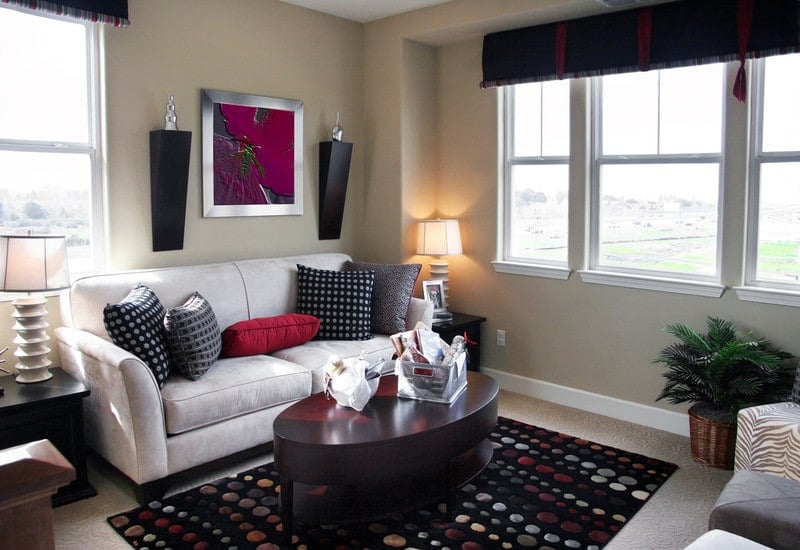Your Journey to a Beautiful Home Starts at Sunshine Drapery
Receive a complimentary professional in-home design consultation today!

When selecting new window treatments, one of the first decisions to make is what type of overall style to radiate. Imagine what type of feelings and reactions are desired based on walking into, visiting, working in or living within the targeted room. Given the room's colors and decor, should treatments be traditional, transitional or contemporary? First, consider the size and shape of the windows, as well as factors out of your control, such as sunlight.Then contemplate the color, patterns or textures that might look in balance with the overall effect you're trying to achieve in any given room. If there already is a focal point in the room, or a more busy furniture pattern, then a toned down color or pattern of window treatments might be in order. If not, more playful, active treatments may be just the right touch. Or, combining portions of the three main design styles could be done deliberately to get a fresh, unique outcome.
)
Receive a complimentary professional in-home design consultation today!